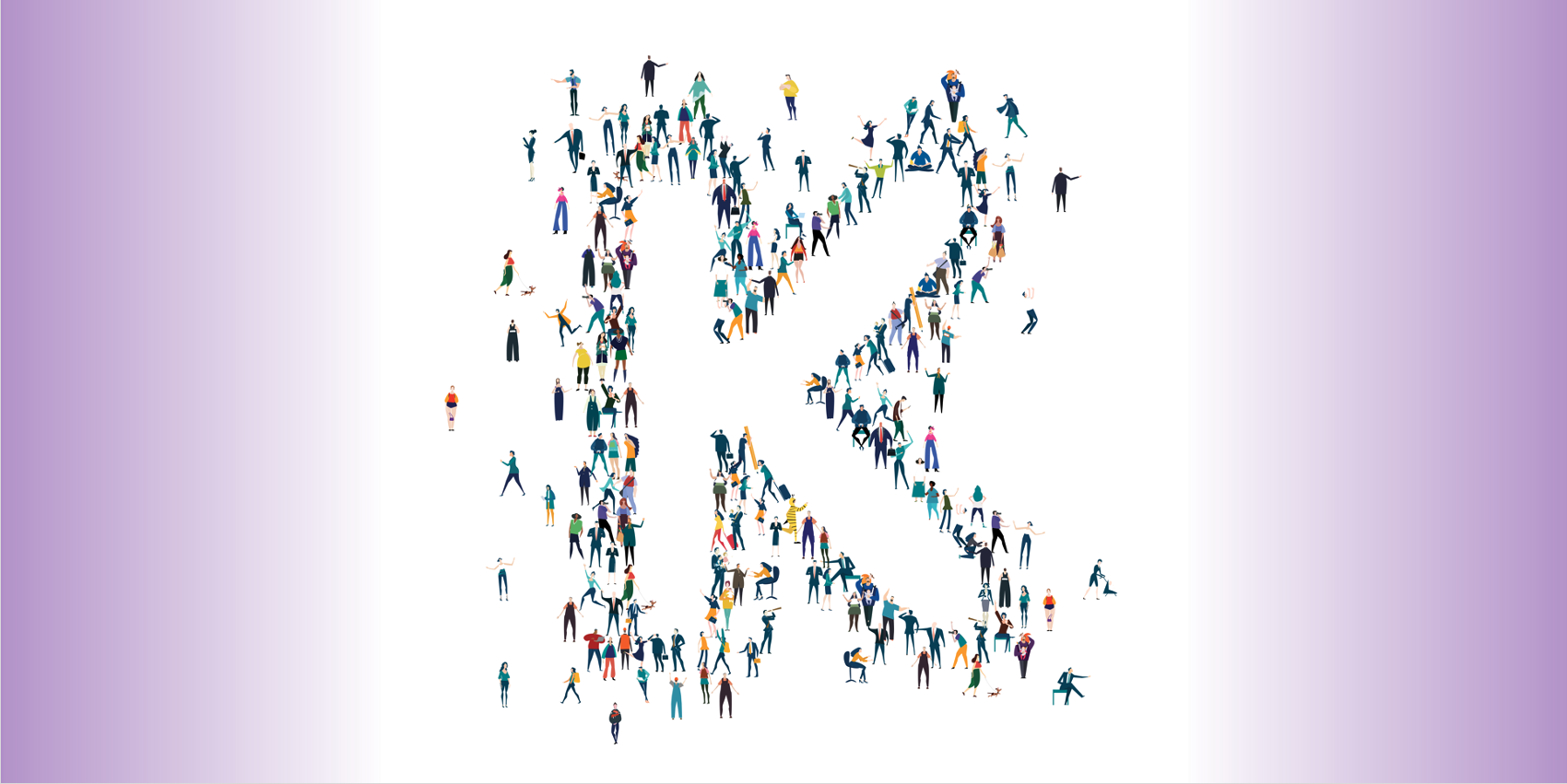K anonymity is a data anonymization technique used to protect individual privacy in a dataset, involving PII generalization, masking, or pseudonymization.
What is K Anonymity?
Data masking is a process of data obfuscation that involves creating a version of data that is structurally similar to original data, but masks or hides sensitive information. Data masking techniques refer to the different methods of obscuring sensitive data, such as pseudonymization, anonymization, and scrambling, among others.
K anonymity is a data anonymization technique that's used to protect individuals’ privacy in a dataset. It involves data generalization, data masking, or replacing Personally Identifiable Information (PII) with a pseudonym to ensure no single individual can be identified.
A dataset is considered K anonymous when, for every combination of identifying attributes in a dataset, there are at least “K minus 1” other people with the same attributes. In other words, the data is not unique to a certain individual, and therefore can’t be used to identify them.
K anonymity is an effective method for obscuring individual identities within a dataset and fortifying data privacy across your organization. But it’s not guaranteed. In this article, we’ll cover how K anonymity works, common use cases, benefits, weaknesses, and the advantages of taking a business entity approach.
How Does K Anonymity Work?
The K anonymity technique works by grouping similar individuals together and generalizing, or suppressing, data fields that contain identifying information.
Imagine you have a dataset that contains the attributes of age, gender, and zip codes for a subset of customers. To make the data K anonymous with a value of K=4, we need to ensure that for every combination of age, gender, and zip code, there are at least four individuals with the same values. That would require generalizing or suppressing some information, such as replacing exact ages with an age range, or replacing the zip code with a larger geographic region.
K Anonymity Use Cases and Examples
When you need to anonymize PII, K anonymity can be an effective option while maintaining data functionality and analysis. Here are some of the most common K anonymity use cases.
-
Test data
Test data management tools can use K anonymization to obscure individual identities within datasets while performing software testing. The technique can also be used by a test data generator to create test data that is similar to production data, without containing any real sensitive information. This is a critical requirement for anyone involved in test data management. -
Patient data
By applying K anonymity to healthcare datasets requiring sensitive data discovery and obfuscation of information like age, gender, and medical history, data can be shared with researchers and providers without compromising patient privacy or violating HIPAA. For example, medical researchers could apply K anonymity to medical data to identify trends in disease prevalence over time, without exposing patient identities. -
Census data
When governments collect census data, they might use K anonymity to protect citizens’ identifying data, such as age, nationality, income, or occupation. With K anonymity, government agencies can use census data to analyze population trends and share findings with the public without revealing citizens’ identities. -
Marketing data
Most companies collect customer data to improve their marketing efforts, such as data on shopping habits, product preferences, and demographics. K anonymization allows marketers to analyze consumer behavior to enhance campaign success and improve decision-making while keeping it secure. -
Credit card data
Credit card companies collect data on individual transactions, including the amount spent, the location of the transaction, and the type of merchant. By applying K anonymity to this data, they can analyze transaction data to uncover trends in consumer spending while ensuring credit card holders’ personal details remain protected.
Top Benefits of K Anonymity
Enterprises that apply K anonymity gain several key advantages, including:
-
Greater protection of personal information
K anonymity prevents PII from being disclosed, and individuals from being identified within datasets. This form of PII masking makes it easier for organizations to protect consumer, employee, or patient privacy, especially while sharing data with third parties, or using it for software testing. -
Easier compliance with data privacy laws
Many data privacy regulations, such as GDPR and CCPA, require the anonymization of PII. Applying K anonymity to consumer data (and other types of data subject to data protection regulations) makes this objective easier to achieve and simplifies compliance. -
Enhanced data security
Anonymizing data using K anonymity strengthens data security by making it harder for attackers or unauthorized users to identify specific individuals in a dataset. Even if K anonymized data is breached, it would offer little value to those who view it. -
Increased customer trust
A diverse range of data masking methods, including K anonymity, helps organizations demonstrate their commitment to protecting personal information, which fosters trust among customers, partners, employees, and other key stakeholders.
Weaknesses of K Anonymity
Although K anonymity is a valuable privacy protection technique, it’s important to be aware of its limitations and potential weaknesses when using it to protect sensitive information.
-
Risk of re-identification
As the value of K increases, the risk of re-identification decreases, but it’s never eliminated. Therefore, K anonymity can’t guarantee 100% privacy protection. Additionally, it doesn’t protect against attacks that use external factors or additional information to re-identify individuals, or data linkage, in which different data sources are combined to re-identify individuals. -
Diminished data utility
K anonymity can lead to reduced data functionality because some information may need to be altered to achieve the desired level of anonymity. For example, it can be difficult to generalize continuous variables within a dataset without reducing data quality, which, in turn, can lead to reduced data utility. -
Difficulty determining the right value of K
Determining the appropriate value of K – which ultimately determines the level of anonymity within a dataset – can be difficult without expert knowledge. -
Vulnerability to insider threats
K anonymity can be susceptible to attacks and unintentional breaches by insiders who have access to the anonymized data and additional information.
Superior Data Protection with Business Entities
Entity-based data masking technology enables data teams to anonymize data quickly and efficiently, while preserving data integrity and functionality for a wide variety of use cases. With a business entity approach, you can apply K anonymity reliably and securely, without needing to enlist in-house experts.
Entity-based data anonymization tools integrate, unify, and organize fragmented data from multiple source systems around a unified data schema – where each schema corresponds to a business entity (such as a customer, device, or order).
Enterprises masking data via business entities benefit from:
-
Inflight data masking, in the context of the business entity – meaning sensitive data is never exposed.
-
Referential integrity, of the masked data – regardless of the amount and diversity of the data sources.
-
Static and dynamic masking, over the same platform – to address any sensitive data use case that may arise.
- The power of AI, unleashed on PII discovery – where a generative AI LLM automatically profiles your data.
Learn more about entity-based data masking tools.














